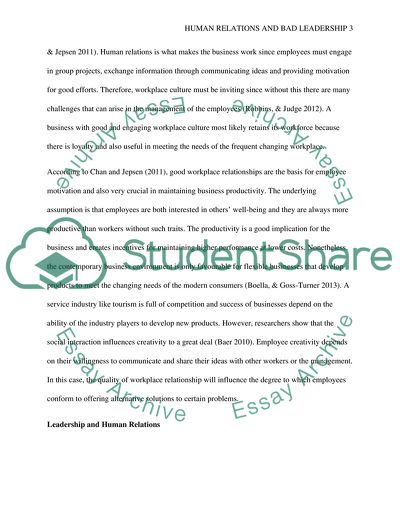Cite this document
(The Influence of Good and Bad Leadership on Workplace Relationships Coursework Example | Topics and Well Written Essays - 2250 words - 1, n.d.)
The Influence of Good and Bad Leadership on Workplace Relationships Coursework Example | Topics and Well Written Essays - 2250 words - 1. https://studentshare.org/human-resources/1852547-human-resource-management
The Influence of Good and Bad Leadership on Workplace Relationships Coursework Example | Topics and Well Written Essays - 2250 words - 1. https://studentshare.org/human-resources/1852547-human-resource-management
(The Influence of Good and Bad Leadership on Workplace Relationships Coursework Example | Topics and Well Written Essays - 2250 Words - 1)
The Influence of Good and Bad Leadership on Workplace Relationships Coursework Example | Topics and Well Written Essays - 2250 Words - 1. https://studentshare.org/human-resources/1852547-human-resource-management.
The Influence of Good and Bad Leadership on Workplace Relationships Coursework Example | Topics and Well Written Essays - 2250 Words - 1. https://studentshare.org/human-resources/1852547-human-resource-management.
“The Influence of Good and Bad Leadership on Workplace Relationships Coursework Example | Topics and Well Written Essays - 2250 Words - 1”. https://studentshare.org/human-resources/1852547-human-resource-management.


